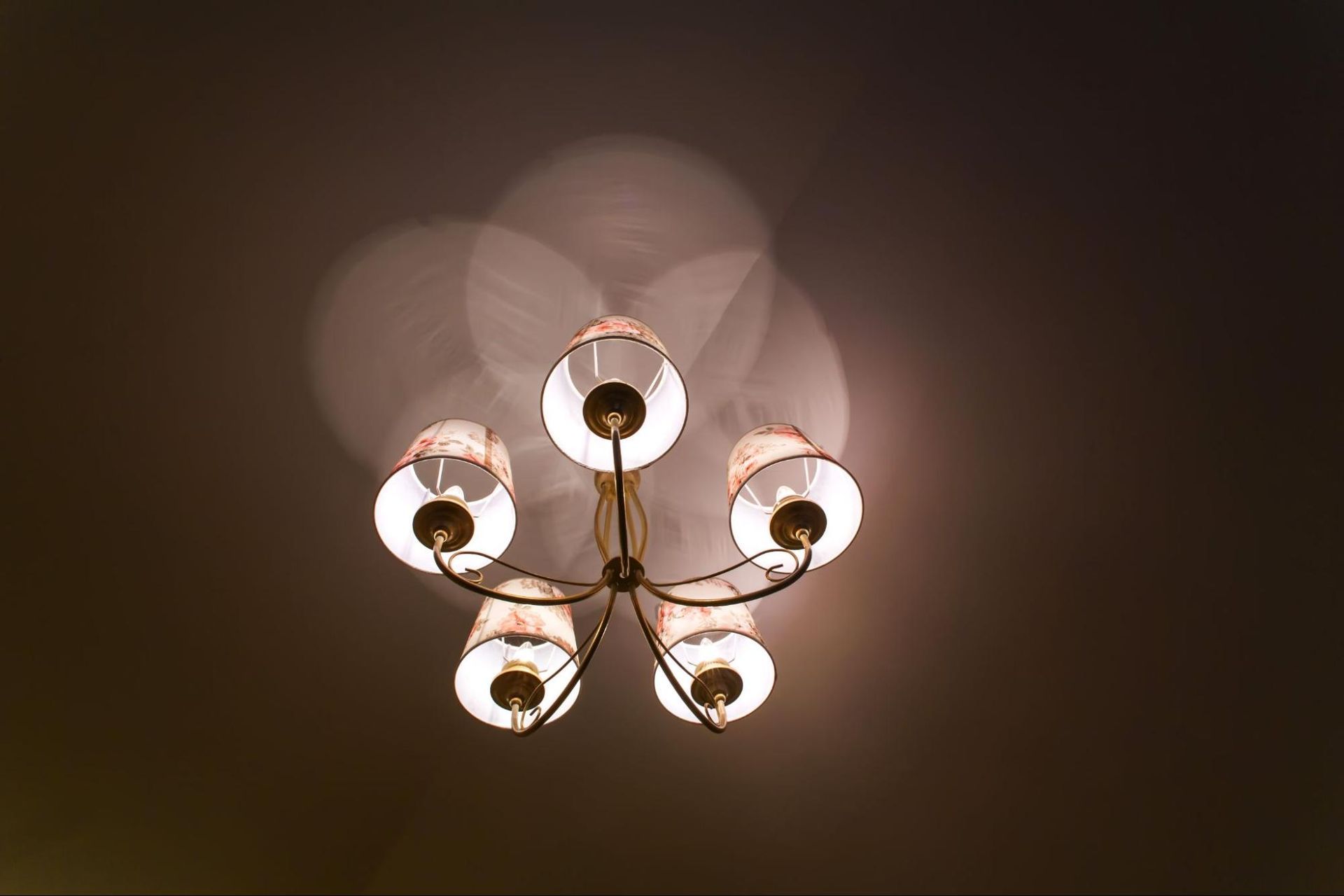Trustworthy ADA Parking Lot Inspections for Accessibility
As a property owner, it's not just enough to set up your space for the public, inclusivity is also key. The Americans with Disabilities Act has some important guidelines to follow, and staying compliant is essential, although it can bring some headaches. It’s totally normal for homeowners to feel frustrated by confusing regulations, surprise expenses, and the worry of potential penalties.
That’s where Accurate Home and Commercial Services comes in! We provide friendly and reliable solutions to help ease those worries. With our thorough inspections and expert guidance, property owners can easily understand and meet ADA standards. Our focus on accuracy and efficiency means every parking lot gets the care it needs, making the whole process smooth and stress-free for homeowners.
Overview of ADA Parking Lot Inspections
ADA parking lot inspections assess compliance with the Americans with Disabilities Act regulations. These inspections ensure that parking facilities meet specific accessibility requirements, providing safe and independent access for individuals with disabilities.
Key elements of these inspections include:
- Designated Accessible Spaces: Confirm proper number, size, and location of accessible parking spaces in accordance with ADA specifications.
- Accessible Routes: Evaluate pathways leading from parking areas to building entrances, guaranteeing maneuverability for individuals using wheelchairs or other mobility devices.
- Signage Compliance: Check for clear, readable signs that indicate accessible parking spaces, including appropriate symbols and height placements.
- Surface Conditions: Inspect parking surfaces for evenness and stability, as uneven surfaces may hinder safe navigation for individuals with disabilities.
Timely inspection and corrective actions support continuity of operations while ensuring compliance with pertinent regulations. Compliance not only reflects positively on property management but also enhances inclusivity and accessibility for all visitors.
Importance of Compliance
Ensuring compliance with ADA parking lot regulations safeguards accessibility for individuals with disabilities. ADA compliance supports safety, fairness, and inclusivity within the community.
Legal Requirements
Legal requirements mandate that parking facilities provide accessible spaces, following the guidelines set forth by the Americans with Disabilities Act. Property owners must ensure designated accessible parking spaces are marked and positioned correctly. Accessible routes to buildings must comply with regulations, facilitating safe access.
Non-compliance can lead to legal consequences, including fines and required modifications. Understanding these legal mandates prevents costly errors and establishes a commitment to inclusive service.
Benefits of Proper Inspections
Proper inspections deliver significant benefits for property owners, providing peace of mind and enhancing business reputation. Inspections identify potential compliance issues before they escalate, allowing for timely corrections.
An accessible parking lot promotes a positive experience for all visitors, encouraging increased patronage from individuals with disabilities. Compliance enhances credibility and showcases dedication to customer service. Engaging with professional services ensures inspections correspond to ADA and TAS guidelines, simplifying the path to compliance.
Key Elements of an ADA Parking Lot Inspection
ADA parking lot inspections focus on ensuring compliance with accessibility standards. Specific elements contribute to safe and independent access for individuals with disabilities.
Accessible Parking Spaces
Accessible parking spaces must meet specific size and positioning requirements. Spaces should be at least 96 inches wide for standard vehicles and ideally located near building entrances. Proper identification through blue paint or designated signage ensures visibility. Striped access aisles, typically 60 inches wide, promote safe vehicle entry and exit for individuals with mobility devices.
Signage and Markings
Signage and markings play a crucial role in guiding individuals to accessible parking. Each accessible space requires clear signage that includes the International Symbol of Access. Signs must be mounted at eye level and should remain unobstructed. Ground markings should adhere to specified colors and dimensions, ensuring contrast against the parking surface for better visibility.
Path of Travel
The path of travel represents the route individuals take from accessible parking spaces to building entrances. This pathway must remain clear of obstructions and maintain a minimum width of 36 inches. Surfaces should be flat, firm, and stable to accommodate mobility aids. Additionally, accessible routes should include proper ramps and curb cuts when transitioning from parking areas to sidewalks or building entrances.
Common Issues Found in Inspections
Common issues often arise during ADA parking lot inspections, impacting compliance and accessibility.
- Designated Spaces: Many facilities fail to provide the required number of designated accessible parking spaces. The total number of accessible spaces must be proportionate to the entire parking capacity.
- Space Width: Accessible parking spaces may not meet the minimum width requirement of 96 inches. Insufficient width limits accessibility for individuals using mobility aids.
- Signage Problems: Inadequate or missing signage can create confusion. Signs should include the International Symbol of Access and must be clearly visible and properly positioned.
- Surface Conditions: Poor surface conditions can hinder accessibility. Cracks, potholes, and uneven surfaces can pose hazards for individuals with disabilities.
- Pathway Clearance: Pathways leading from accessible parking spaces might not provide enough clearance. A minimum width of 36 inches is essential for mobility aids.
- Ramp Compliance: Ramps may not align properly with accessible routes. Ramps must have the correct slope and be designed for safe navigation.
- Slope Regulations: Excessive slope in parking areas can create difficulties. Accessible routes should maintain a maximum slope of 1:20.
- Obstructions and Barriers: Objects obstructing accessible pathways create barriers. These items should be removed to ensure safe passage.
Identifying these common issues through thorough inspections fosters compliance and enhances the overall accessibility of parking lots. Trust Accurate Home and Commercial Services for reliable ADA parking lot inspections in Greater Houston, ensuring your property meets essential standards for accessibility.
Best Practices for Conducting Inspections
Conducting ADA parking lot inspections requires attention to detail and adherence to established guidelines.
- Review regulations regularly. Ensure familiarity with the Americans with Disabilities Act (ADA) and Texas Accessibility Standards (TAS) to guide inspections.
- Document findings accurately. Take clear notes and photographs of compliance and non-compliance areas for effective reporting.
- Measure accessible spaces. Verify that designated accessible parking spots are a minimum of 96 inches wide and positioned near building entrances for easy access.
- Assess paths of travel. Check that routes from parking spaces to entrances are a minimum of 36 inches wide, stable, and free from obstructions.
- Inspect signage for clarity. Ensure that signage meets ADA standards, featuring the International Symbol of Access and is placed at an accessible height for visibility.
- Evaluate surface conditions. Look for cracks, potholes, or any surface irregularities that could impede mobility aids' movement.
- Check for proper markings. Verify that all accessible spaces and pathways are clearly marked and free of visual clutter.
- Engage with property owners. Communicate findings openly and provide actionable recommendations for compliance improvements.
- Schedule follow-up inspections. Establish a plan to revisit the site after corrections to ensure sustained compliance with ADA and TAS standards.
Employing these practices fosters compliance, enhances accessibility, and helps property owners maintain a welcoming environment. Trust Accurate Home and Commercial Services for expert assistance in ADA parking lot inspections in Greater Houston.
Conclusion
Ensuring ADA compliance in parking lots is vital for fostering accessibility and inclusivity. Property owners must prioritize thorough inspections to identify and address potential issues that could lead to non-compliance.
By partnering with Accurate Home and Commercial Services, they can navigate the complexities of ADA regulations with confidence. This proactive approach not only mitigates legal risks but also enhances the overall experience for all visitors. Regular inspections and adherence to best practices create a welcoming environment that supports the needs of individuals with disabilities. Investing in professional guidance is a step toward a more inclusive community.
Frequently Asked Questions
What is an ADA parking lot inspection?
An ADA parking lot inspection evaluates compliance with the Americans with Disabilities Act regulations. It ensures parking lots have the necessary accessible spaces, signage, and pathways for individuals with disabilities to access facilities safely and independently.
Why are ADA parking lot inspections important?
These inspections are crucial because they help prevent legal issues and ensure safety and accessibility for individuals with disabilities. Compliance enhances business reputation and promotes inclusivity within the community, creating a positive experience for all visitors.
What does Accurate Home and Commercial Services offer?
Accurate Home and Commercial Services provides thorough ADA parking lot inspections and expert guidance. They help property owners navigate complex regulations, identify compliance issues, and implement necessary corrections to ensure accessible and compliant parking lots.
What challenges do property owners face with ADA inspections?
Property owners often struggle with unclear regulations, unexpected costs, and the fear of penalties for non-compliance. These challenges can create confusion and hesitation when ensuring their parking lots meet ADA standards.
What are some common issues found during ADA inspections?
Common issues include insufficient designated accessible spaces, inadequate width of parking spaces, and unclear signage. Other problems may involve poor surface conditions and obstructions on pathways, all of which hinder accessibility.
What should property owners do to maintain compliance?
Property owners should regularly review ADA regulations, document their findings, measure accessible spaces, inspect signage, and evaluate surface conditions. Engaging professional services for inspections can simplify the process and ensure compliance with necessary standards.











